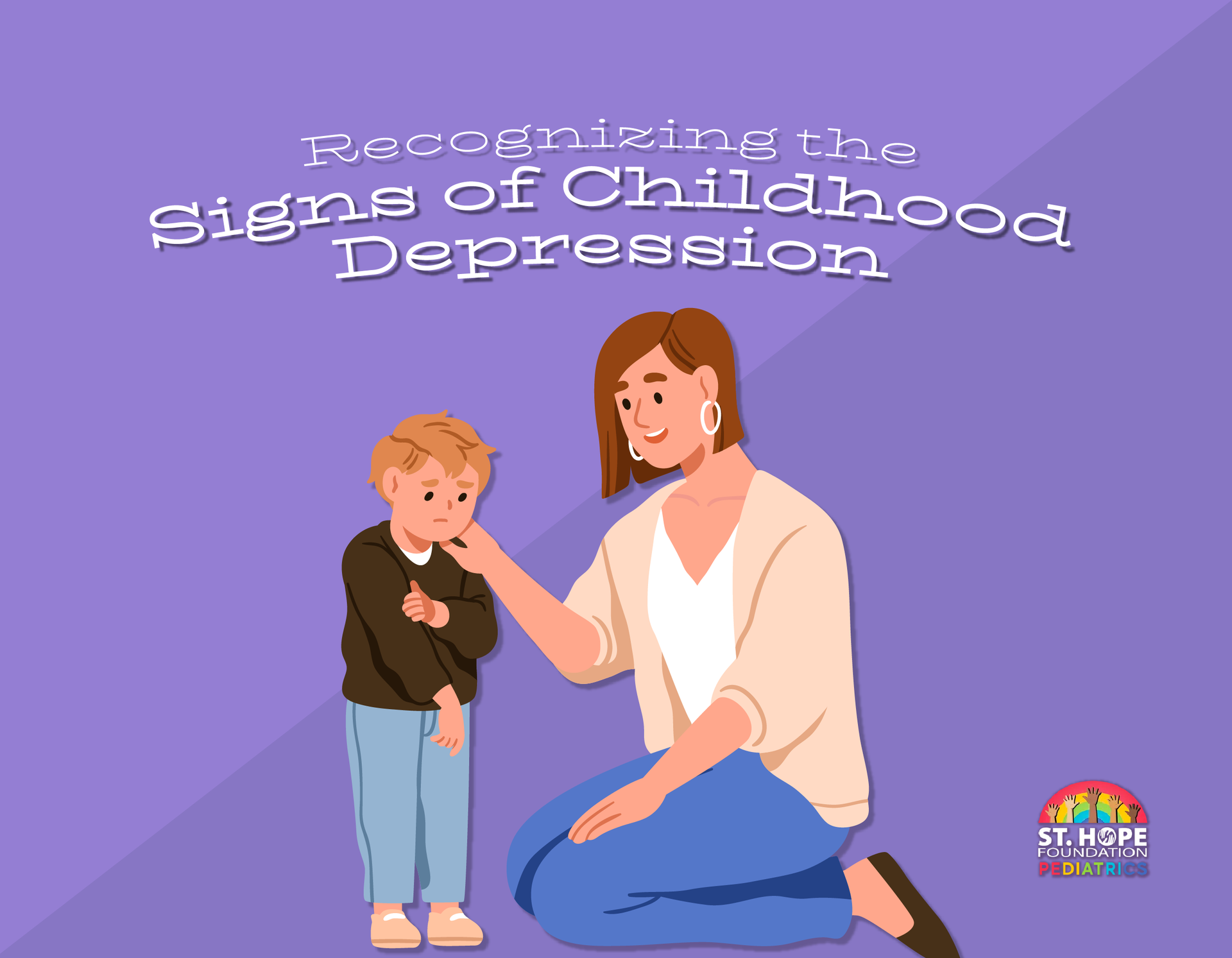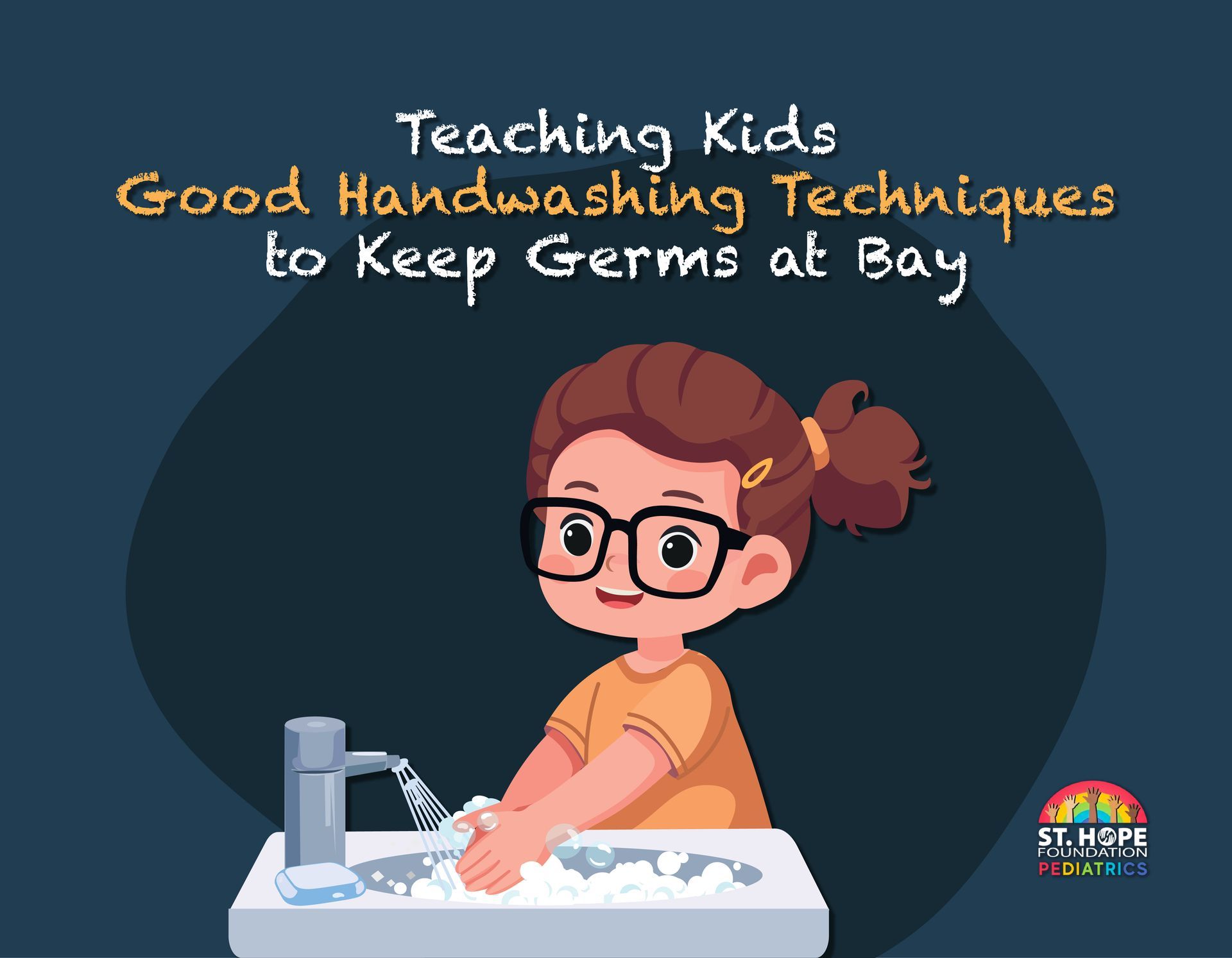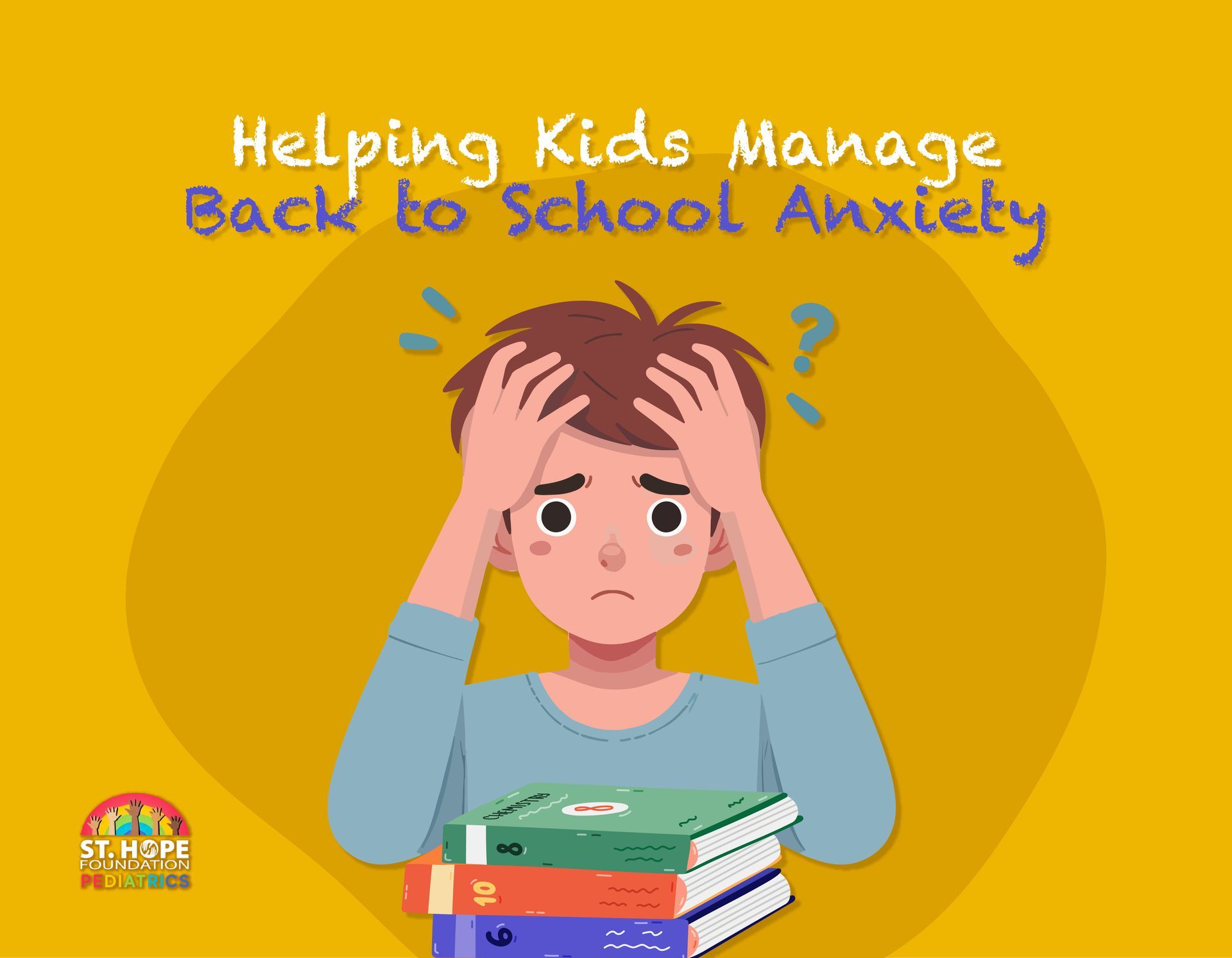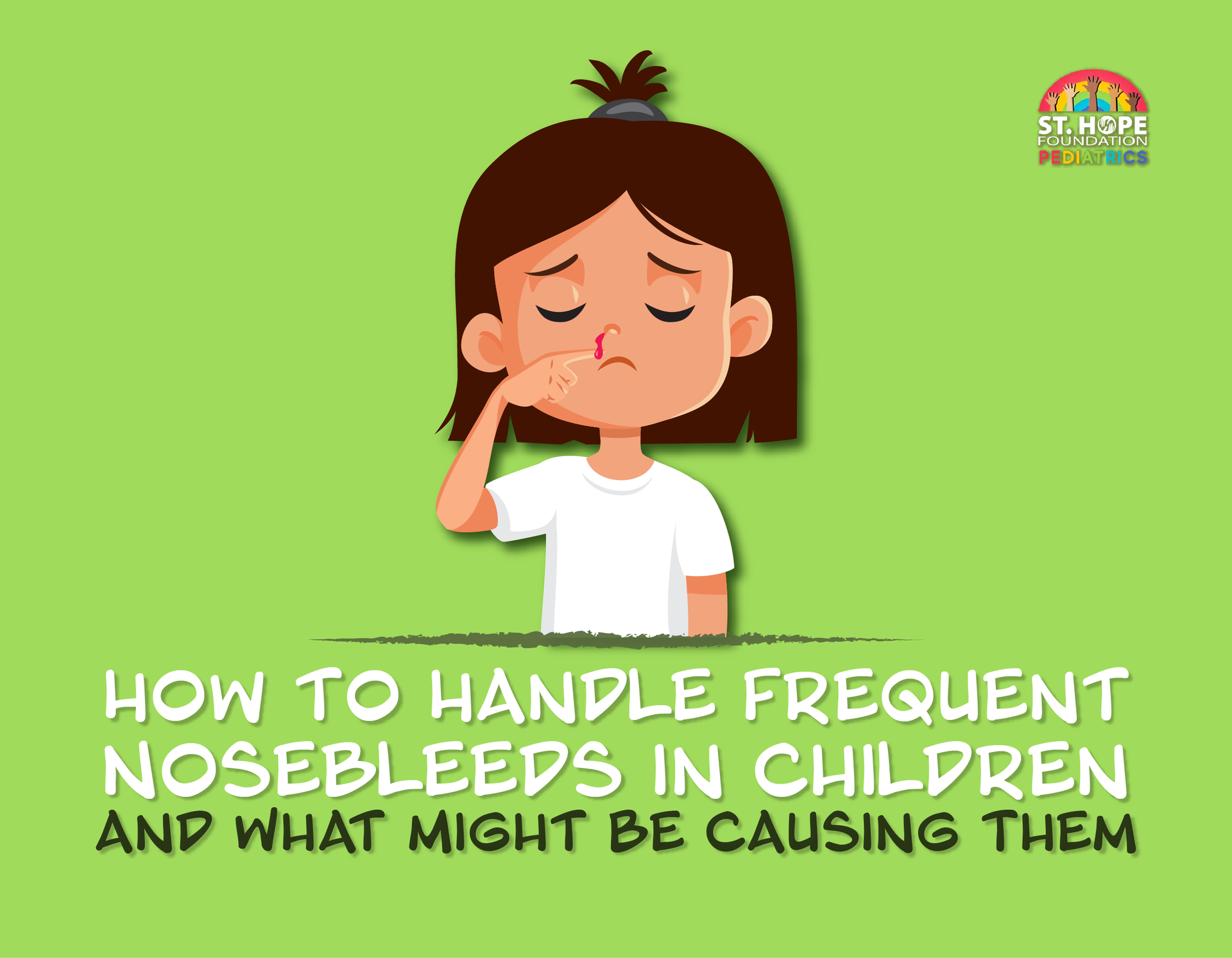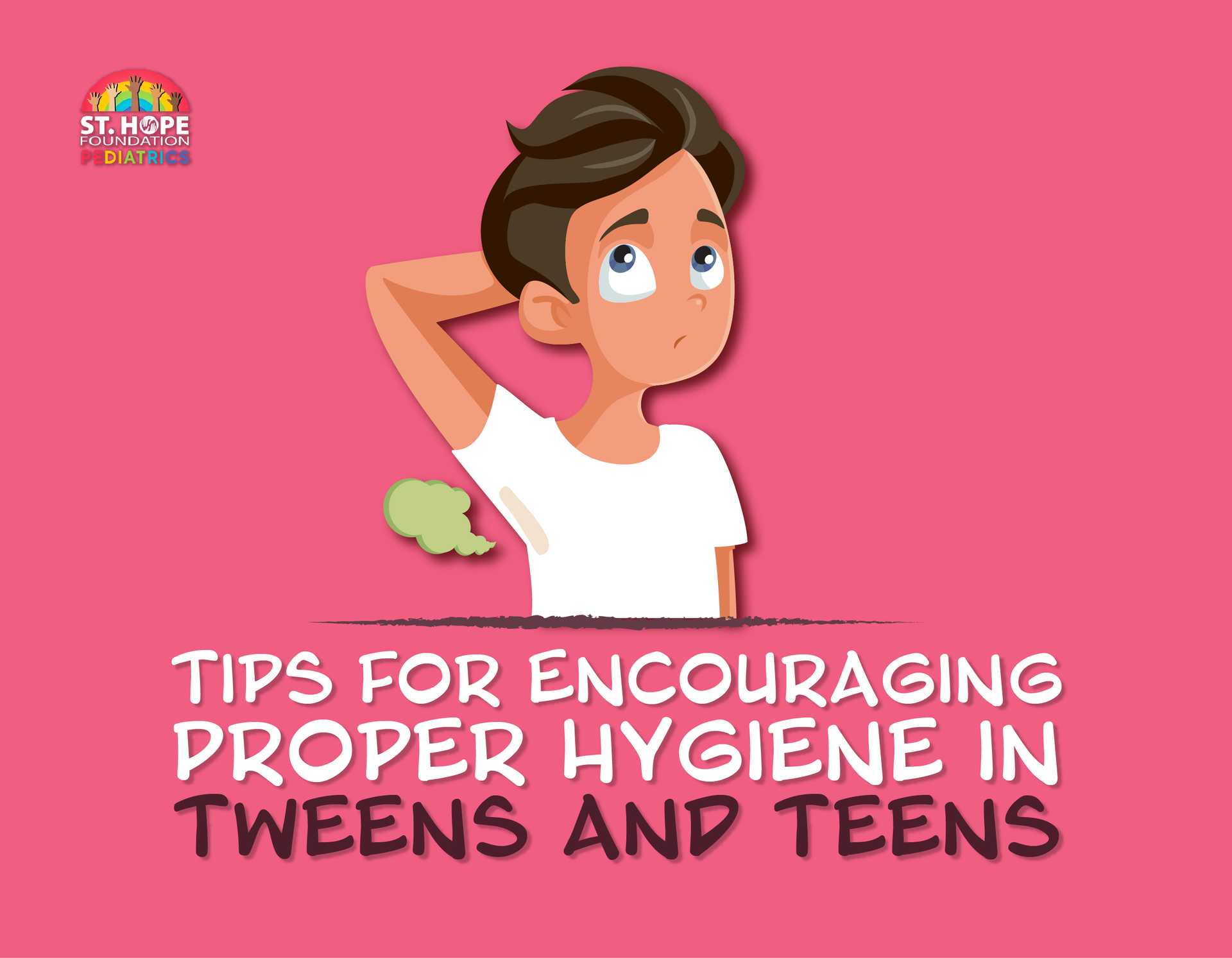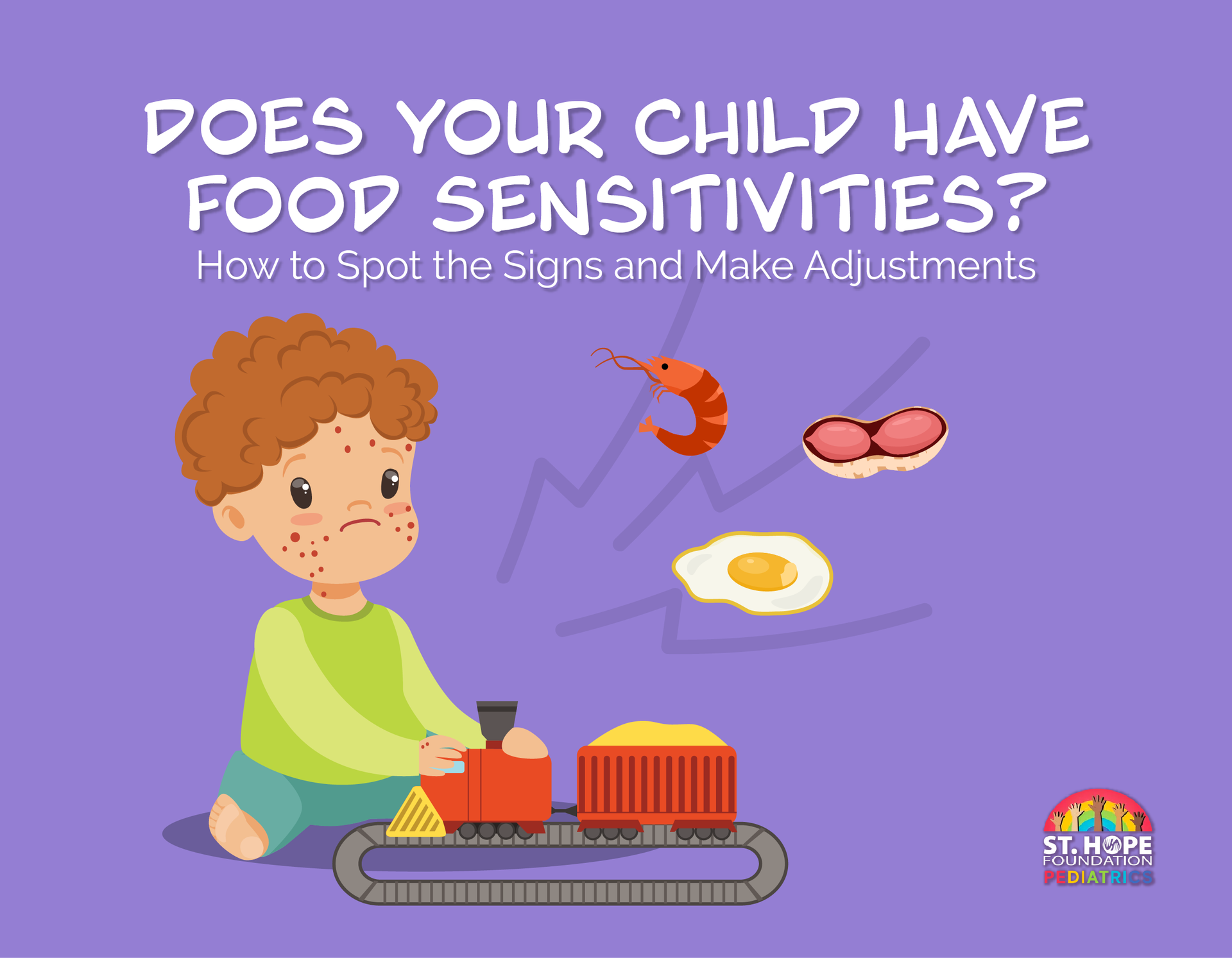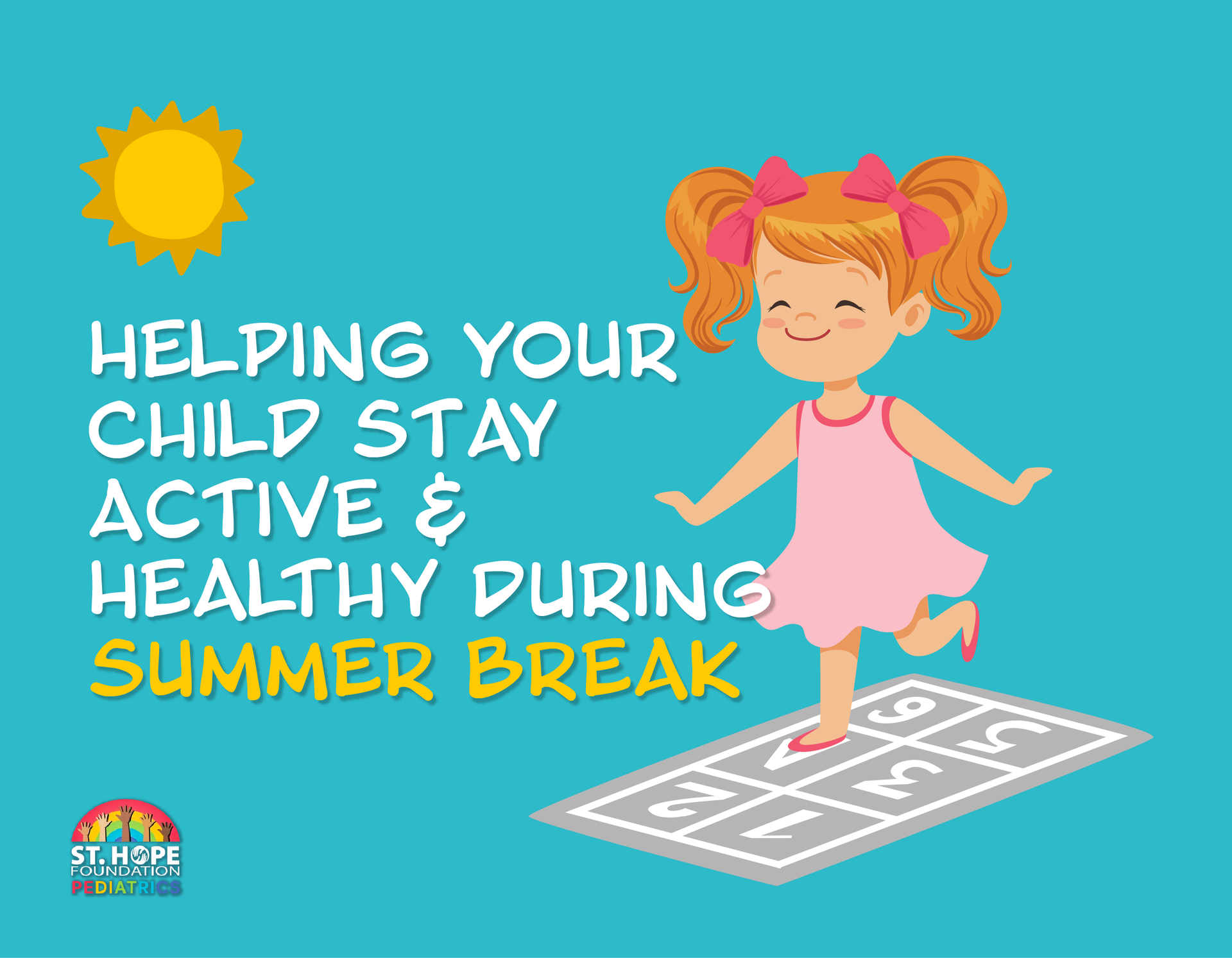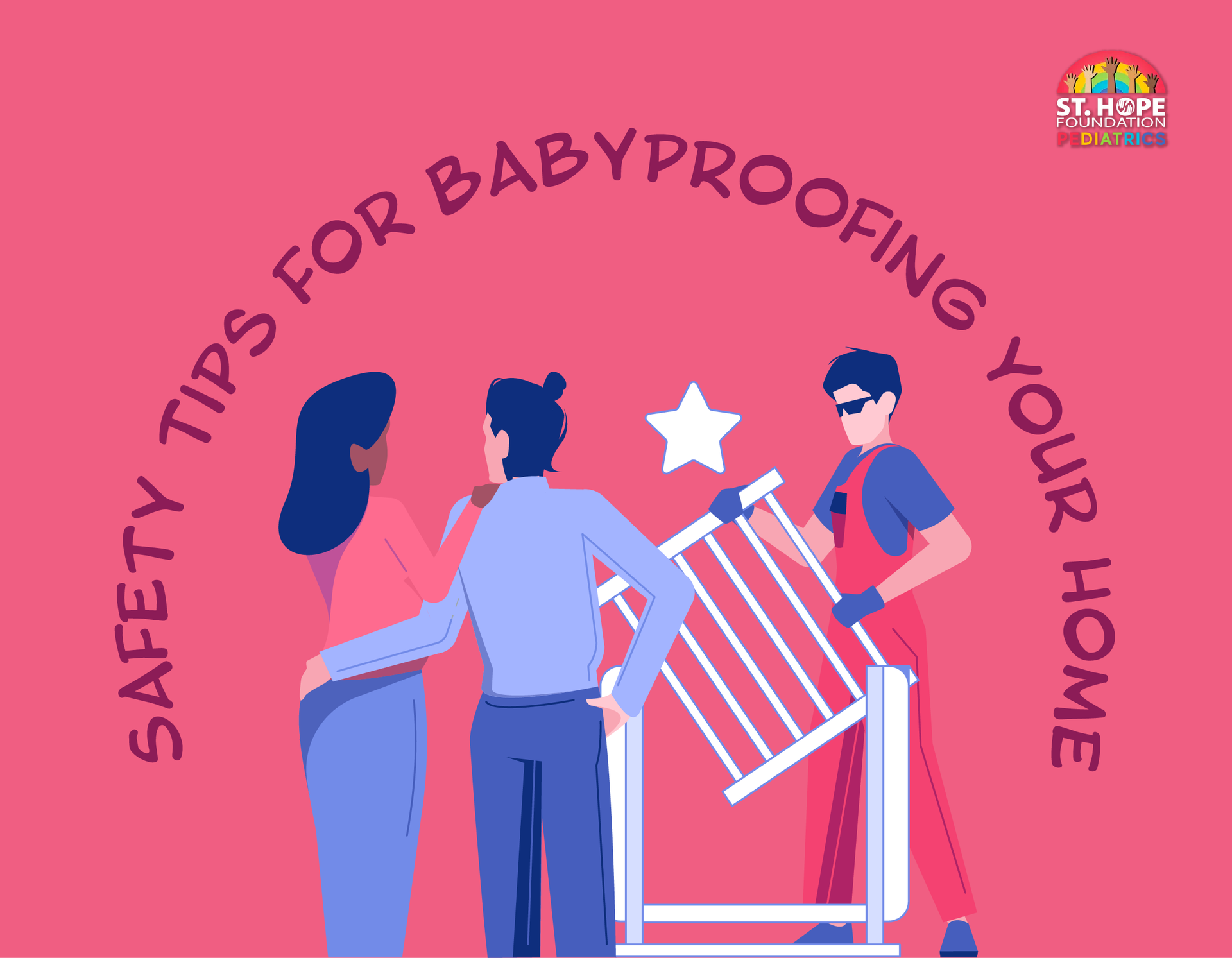
Living with a toddler is an exciting, fun and sometimes chaotic experience. As they become more mobile and curious, toddlers start exploring their world with an eagerness that can sometimes lead to dangerous situations. That’s why babyproofing your home is one of the most important tasks for parents with young children.
Secure Furniture and Appliances
As your toddler begins to move around more, they’ll inevitably start pulling themselves up on furniture, climbing or reaching for items. While this is an exciting stage of their development, it can also present serious risks. Toppling furniture and unsecured appliances can cause serious injury.
- Anchor heavy furniture: Use furniture anchors to secure dressers, bookshelves and TV stands to the wall. Toddlers often try to climb these items, and they can easily tip over, posing a suffocation or injury risk.
- Lock cabinets and drawers:
Invest in childproof locks or latches for cabinets and drawers that contain dangerous items, such as cleaning supplies, sharp objects or medications.
- Secure appliances: Consider securing heavy appliances, such as refrigerators, ovens or microwaves. These may not be toppling risks, but they can cause harm if your toddler opens them and interacts with hot or dangerous items inside.
Cover Electrical Outlets
Toddlers are naturally curious and love to explore everything within their reach—especially electrical outlets, which are often just the right size for tiny fingers. To prevent the risk of electrical shock, it’s essential to childproof your outlets. Start by using outlet covers, which are inexpensive plastic or rubber inserts that fit into the outlets, preventing your toddler from inserting objects or their fingers.
Be sure to choose covers that require a bit of force to remove, so your child can’t easily pull them out. In addition to covering outlets, it's important to move electrical cords out of your toddler's reach. Cords from lamps, appliances and other devices can be particularly tempting for toddlers to pull on, posing a risk of strangulation or injury. To keep cords safe, tuck them behind furniture or use cord management products to keep them organized and out of sight.
Install Safety Gates
Safety gates are essential for preventing toddlers from wandering into dangerous areas, such as stairs or rooms with sharp objects, heavy furniture or breakable items.
Install safety gates at both the top and bottom of the stairs. Make sure the gates are securely fastened and cannot be easily knocked over or climbed. In addition to stairs, you may want to use gates to block off areas like the kitchen or bathroom, where toddlers can easily get into trouble with hot stoves, sharp knives or cleaning products.
Keep Choking Hazards Out of Reach
Toddlers are still mastering the art of eating and often put small objects in their mouths, which increases the risk of choking. Babyproofing for choking hazards involves eliminating any small objects that could pose a danger.
- Remove small toys: Check toys and objects around your home to ensure they are large enough not to pose a choking risk and don’t contain small components that can be removed or easily broken off. Follow the recommended age guidelines on toys, which are based in part on choking risks.
- Inspect food items: When serving snacks or meals, cut food into small, manageable pieces. Avoid hard foods like whole grapes, nuts or popcorn that can easily get lodged in a toddler’s throat.
- Keep small objects away: Items like coins, buttons or small toy parts can be a choking hazard. Store them safely out of reach or in places that toddlers can’t access.
Protect Sharp Edges and Corners
Toddlers tend to fall or bump into things as they navigate their world, and sharp edges or corners can cause cuts and bruises. Babyproofing these areas can reduce the risk of injury.
- Use corner and edge guards:
Apply soft foam corner and edge guards to furniture and countertops. These protective covers cushion the blow if your toddler bumps into a sharp surface or hard corner.
- Move sharp objects: Keep knives, scissors and other sharp items in locked drawers or cabinets. Be sure that these items are stored out of your toddler’s sight and reach.
Enforce Bathroom Safety
Bathrooms pose unique risks, from slippery surfaces to hazardous chemicals. Place non-slip mats in the bathtub and on bathroom floors to prevent slips and falls. You should also store toiletries, cleaning products and medications in high, locked cabinets.
Be sure to always check the water temperature before placing your toddler in the bath. A bath that’s too hot can cause burns, so set your water heater to a safe temperature, ideally around 120°F (49°C).
Keep Hazardous Materials Secure
Toddlers are naturally drawn to anything that seems off-limits, including cleaning supplies, medications and cosmetics. Store cleaning products, disinfectants and other hazardous substances in high cabinets or locked drawers. Even non-toxic cleaners can be harmful if ingested or spilled. Always keep medicines, both over-the-counter and prescription, in childproof containers and out of sight. Consider using a lockbox for added security.
Supervise, Supervise, Supervise
While babyproofing your home is essential, there’s no substitute for continuous supervision. A toddler is constantly exploring new boundaries, and they can get into trouble quickly.
- Stay within arm’s reach: Whenever your toddler is in a new environment or engaged in a potentially dangerous activity (like playing in the kitchen or near stairs), stay within arm’s reach.
- Use your instincts: As a parent, trust your instincts. If something feels unsafe, take steps to eliminate the risk, even if it requires extra effort or adjustments.
High-Quality Care for Your Toddler in Houston, TX
Babyproofing your home is one of the best ways to keep your toddler safe, but vigilant supervision is key.
If you have any concerns about your child's safety or development, St. Hope Pediatrics is here to help. Contact us today to schedule your child’s appointment by calling (713) 778-1300.


